In the future, small electronics could be powered by fallen leaves, shed fur, and other waste materials found in nature.


In the future, small electronics could be powered by fallen leaves, shed fur, and other waste materials found in nature.

When the light absorbers are made very small, almost all the device performance metrics improve—but doing this is easier said than done.
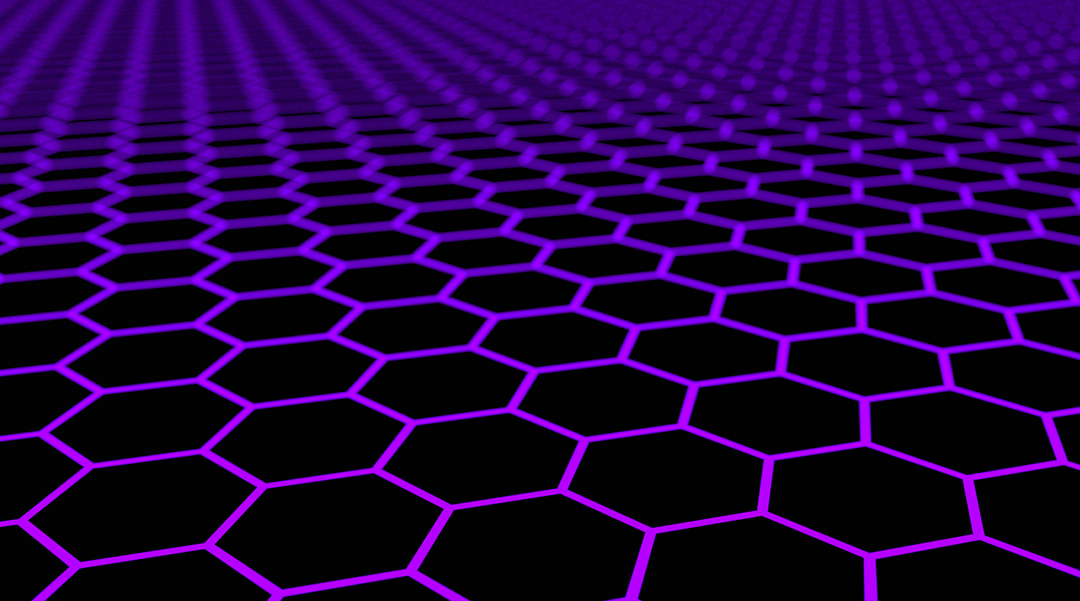
Scientists are exploring the behavior of electrons in helicoidal graphene strips, a unique form of graphene with a twisted shape.
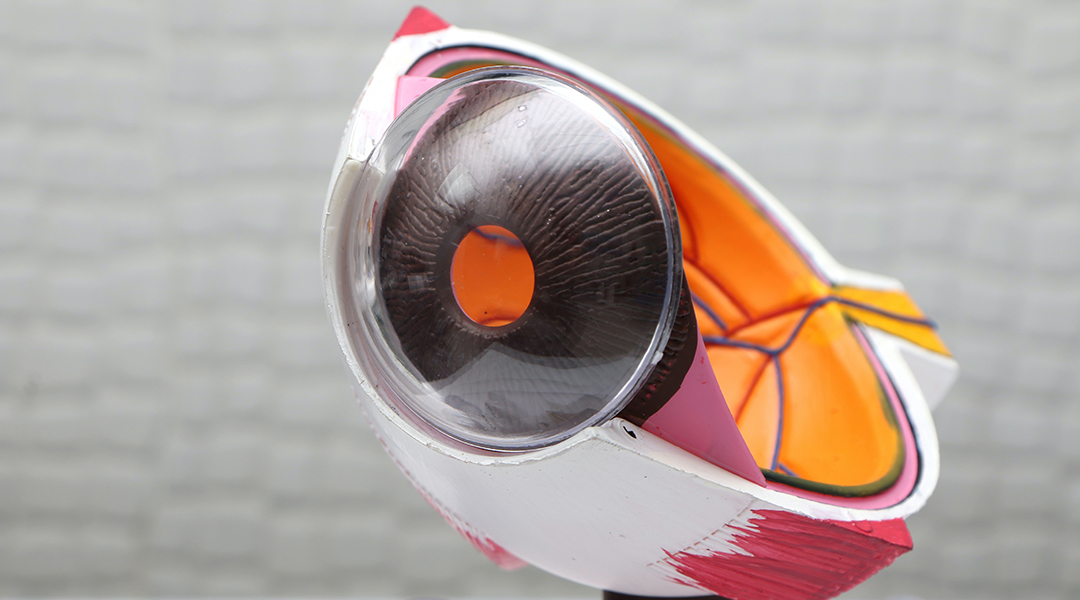
A tiny battery built into smart contact lenses produces its own power through eye blinking, relying on tears and oxygen to power its cells.

Using solar energy, water, and lunar soil, scientists were able to carry out reactions needed to sustain human life on the Moon.
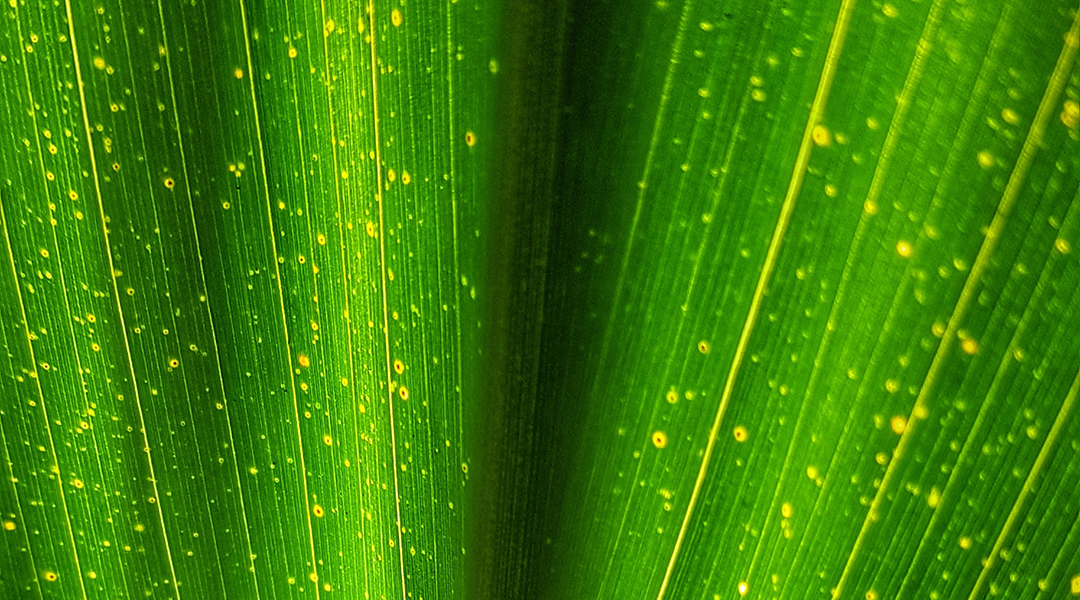
A new device setup enables an interface between biomolecules and electronic materials for biohybrid electronics.

Through a happy accident, researchers have identified a new self-repairing electronic material that could make sci-fi dreams a reality.
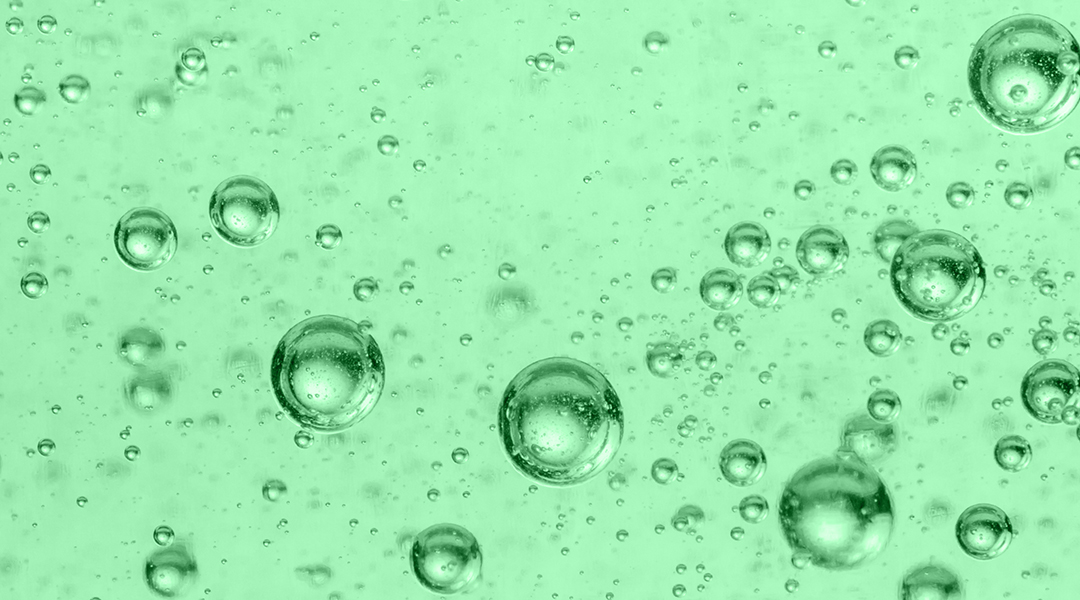
Directly integrated photovoltaic–electrochemical devices could provide a viable path toward a green hydrogen economy.

The effects of some of the world’s blackest materials on our atmosphere.
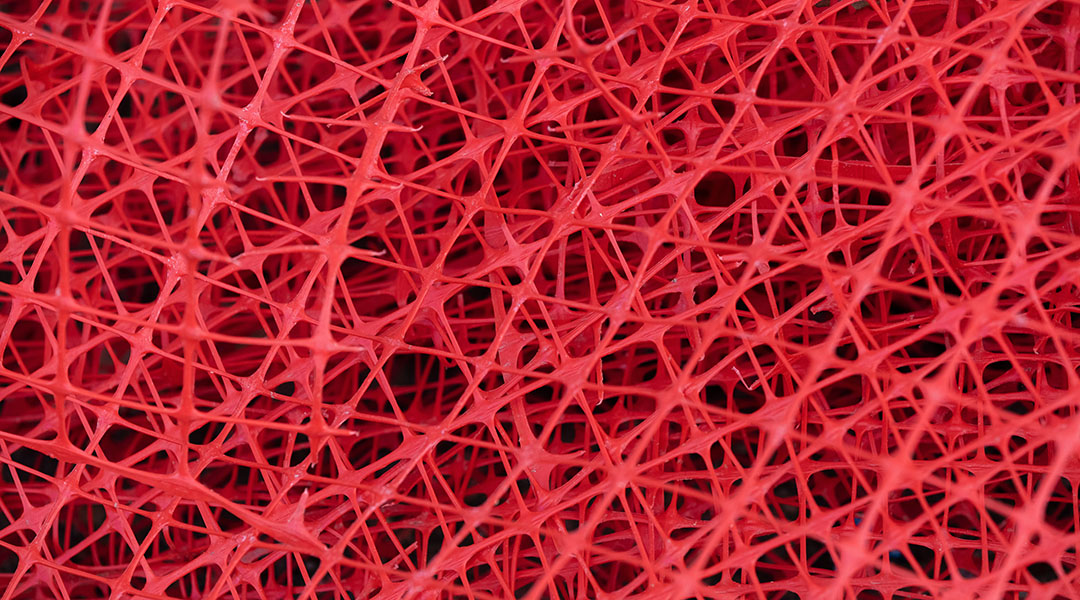
While AI has proven itself to be extremely capable in discerning optimal chemical structures, synthetic feasibility remains a challenge.